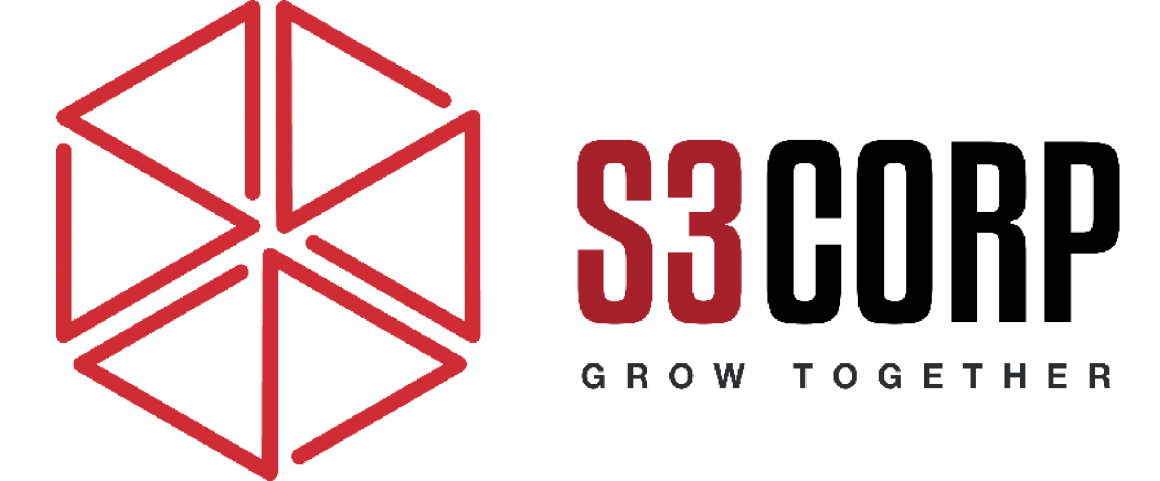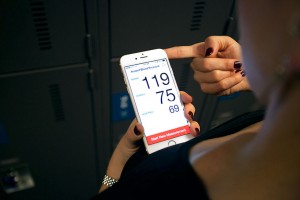The Rise of Health Apps: Revolutionary or Risky?
— June 6, 2016The rapid growth of health apps has reshaped how we approach medical care. This $4-billion industry, boasting over 165,000 apps, offers tools to diagnose, manage, and treat various health concerns. From monitoring fitness goals to managing chronic conditions, these apps promise convenience and accessibility. Yet, they raise critical questions about accuracy, safety, and regulation. As we explore this evolving trend, it’s essential to balance optimism with caution, ensuring that innovation doesn’t outpace responsibility.
Misleading Claims: The Case of Instant Blood Pressure
One of the most notable examples of health app missteps is the Instant Blood Pressure app. Touted as a simple way to measure blood pressure using only a smartphone, the app soared in popularity, remaining a top seller on Apple’s App Store for months after its 2014 release. However, its reliability quickly came under scrutiny. Research led by Dr. Timothy Plante from Johns Hopkins University revealed significant inaccuracies. The app was often off by 10 to 15 points and failed to detect nearly 80% of hypertension cases in the study population. This oversight posed severe health risks, as untreated high blood pressure can lead to complications like heart attacks, strokes, and kidney failure.
AuraLife, the app’s developer, defended its product by highlighting its limitations. The company clarified that the app was only validated for systolic blood pressure readings between 102 and 158 and was not intended for medical diagnosis. Despite these disclaimers, user reviews on the App Store suggested otherwise. Patients with serious health conditions relied on the app to adjust medications, highlighting a dangerous gap between the app’s intended use and its real-world application. With 148,000 downloads and numerous copycat apps, the public health implications of such inaccuracies cannot be ignored.
Broader Concerns with Health Apps
The issues with Instant Blood Pressure are not isolated. Other apps have also faced criticism for failing to deliver on their promises. Pfizer’s Rheumatology Calculator app miscalculated disease severity in arthritis patients, while Sanofi’s diabetes app provided incorrect insulin doses, jeopardizing users’ health. The Federal Trade Commission (FTC) took action against apps falsely claiming to diagnose skin cancer using mole photographs. These examples underscore a broader concern: many health apps lack the rigorous validation required to ensure safety and effectiveness.
Fitness apps, while less directly tied to critical health outcomes, are also prone to inaccuracies. Studies have shown that devices like Fitbit and Jawbone often underestimate calories burned and overestimate sleep metrics. While these errors may seem minor, they can mislead users striving to meet health goals.
Regulation and Oversight: A Growing Challenge
A significant issue with health apps is the lack of robust regulatory oversight. In the United States, the Food and Drug Administration (FDA) has been criticized for not holding developers accountable for their claims. Instead, enforcement often falls to the FTC, which targets false advertising. For instance, Lumosity, a brain-training app, was fined $2 million for unsubstantiated claims about preventing Alzheimer’s disease.
Data privacy is another pressing concern. A study published in the Journal of the American Medical Association found that most diabetes apps shared user data with third-party websites, often without disclosure. Over half of the 271 apps studied did not inform users about this data sharing. Worse, many apps remain on users’ devices long after their developers cease operations, leaving personal health data vulnerable. The Instant Blood Pressure app, for example, was removed from the App Store in 2015, yet it is unclear how many users still have it installed.
In Canada, Health Canada regulates medical apps based on their risk level. Low-risk apps do not require a medical device license, provided the seller is licensed. However, experts like Matthew Herder of Dalhousie University argue that enforcement is weak, with limited resources allocated to monitoring compliance. This regulatory gap allows unverified apps to remain accessible, exposing users to potential harm.
Striking a Balance Between Innovation and Safety
The potential of health apps to improve medical care is undeniable. They offer unprecedented convenience, empowering users to take control of their health. However, without proper oversight, these benefits are undermined by the risks of misinformation and data breaches. Experts like Nathan Cortez of Southern Methodist University advocate for stronger regulations to ensure that apps meet basic standards of accuracy and reliability.
In Vietnam, where the tech outsourcing industry thrives, companies like S3Corp – leading software outsourcing services – play a crucial role in developing health apps for global markets. By prioritizing quality assurance and adhering to international standards, these developers can set benchmarks for the industry. Vietnam’s expertise in web application development and mobile app development positions it as a key player in creating reliable health solutions.
The Way Forward for Health Apps
For health apps to realize their potential, developers, regulators, and users must collaborate. Developers should invest in rigorous testing and transparency. Regulators must enforce existing laws and adapt to emerging technologies. Users should approach health apps with caution, seeking professional medical advice when needed.
As the demand for digital health tools continues to grow, it is vital to address these challenges head-on. By fostering a culture of accountability, we can ensure that health apps enhance, rather than compromise, the well-being of users worldwide.





